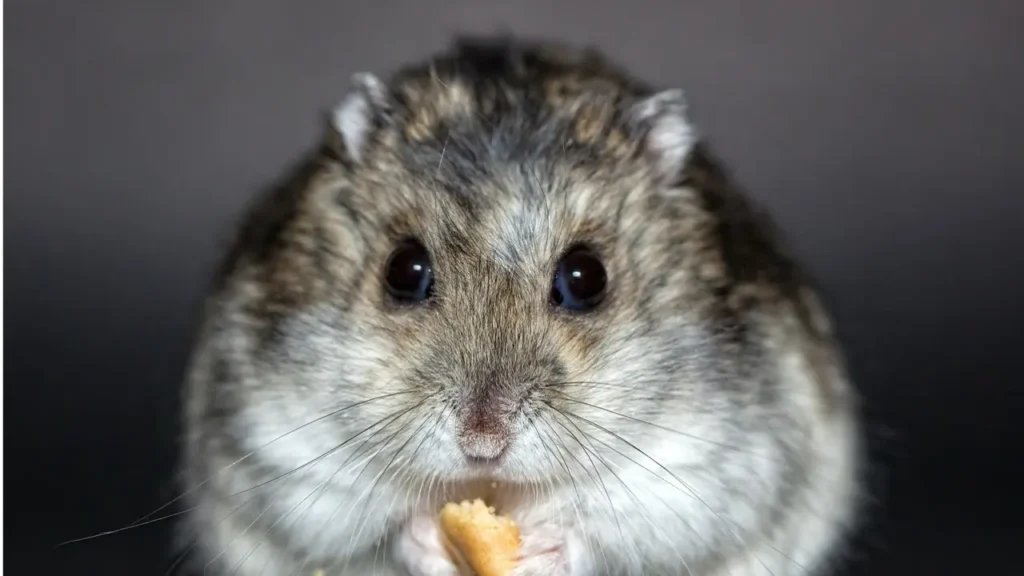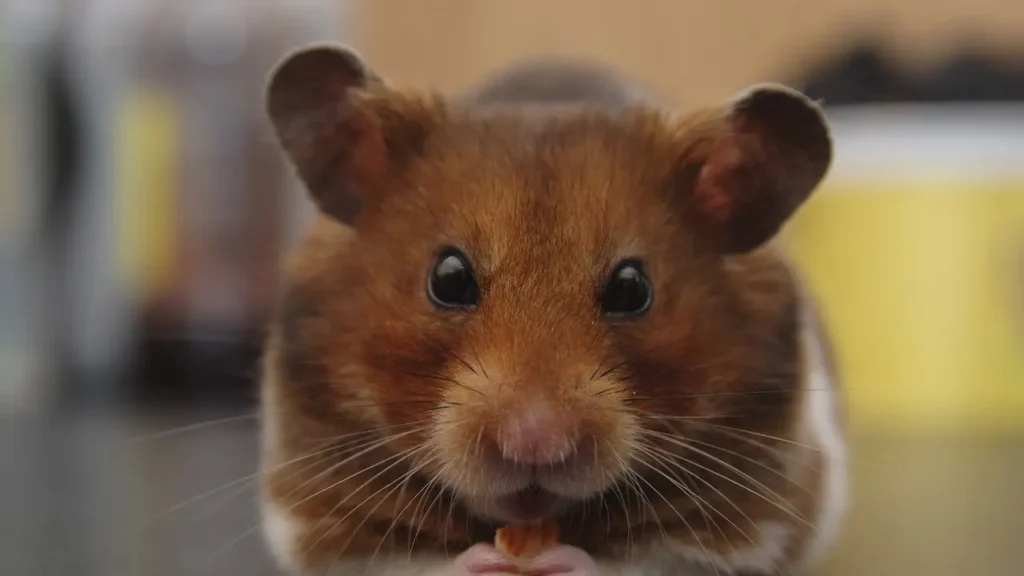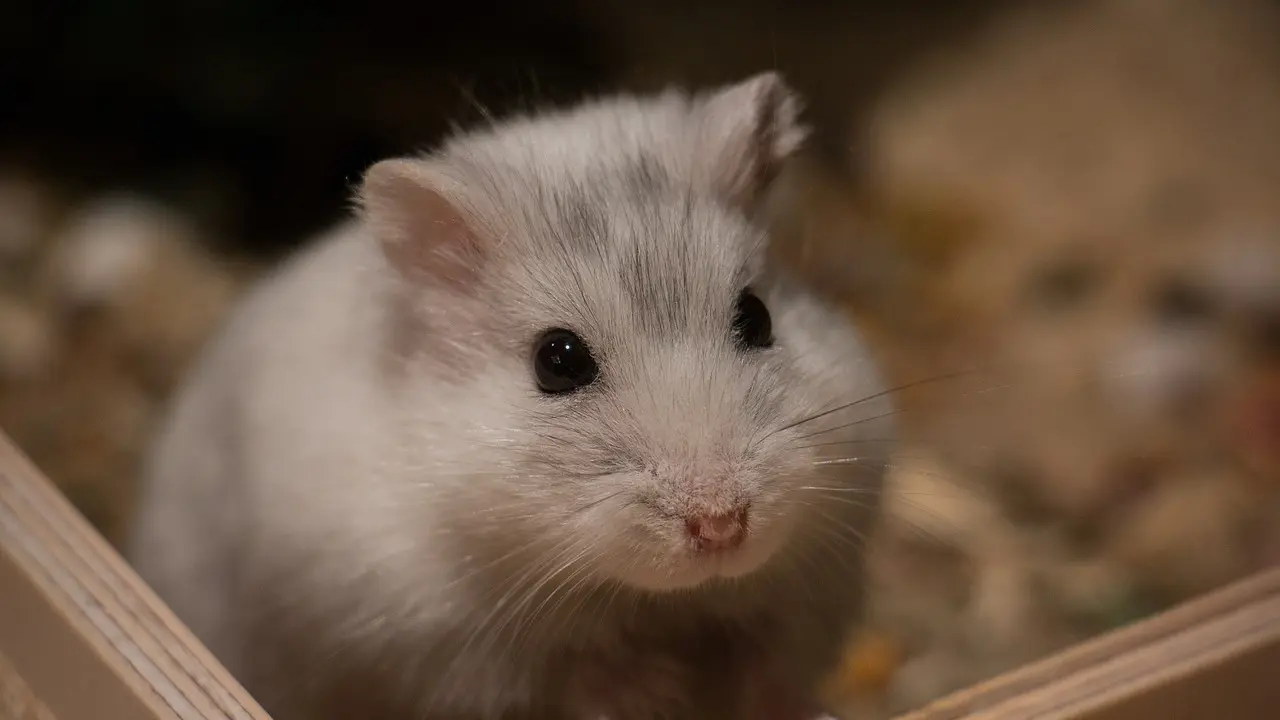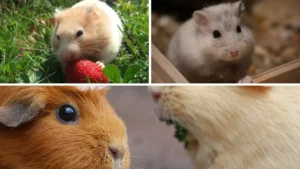Table of Contents
In the world of small pets, few creatures capture the hearts of animal lovers quite like the humble hamster. With their adorable faces, tiny paws, and endearing personalities, hamsters have been cherished as beloved companions for decades. In 2024, as the popularity of small pets continues to soar, it’s the perfect time to explore the fascinating world of hamsters. From their origins and natural history to their care requirements and diverse breeds, this comprehensive guide offers everything you need to know about these charming pocket pets.
Introduction to Hamsters: Tiny Treasures of the Pet World
Hamsters belong to the rodent family Cricetidae and are native to various parts of Europe and Asia. The word “hamster” is derived from the German word “hamstern,” which means “to hoard,” reflecting the species’ habit of storing food in their spacious cheek pouches. While wild hamsters are primarily nocturnal creatures that inhabit burrows and tunnels in grasslands and deserts, domesticated hamsters have become popular pets worldwide due to their small size, low maintenance requirements, and delightful personalities.
History and Evolution of Hamsters: From the Wild to the Living Room

The history of hamsters as domesticated pets can be traced back to the early 20th century when zoologists began studying and breeding these small rodents in captivity. The Syrian or golden hamster (Mesocricetus auratus) was the first species to be domesticated, with the first captive-bred hamsters appearing in the 1930s. These early domesticated hamsters were primarily used for scientific research but soon gained popularity as pets due to their gentle nature and appealing appearance. Over time, breeders developed a variety of color mutations and coat types, leading to the creation of different hamster breeds that are cherished by pet owners worldwide.
Popular Hamster Breeds: A Rainbow of Colors and Personalities
While the Syrian hamster remains one of the most popular pet hamster breeds, there are several other breeds and species that are commonly kept as pets. These include:
- Dwarf Hamsters: This group includes several species, such as the Russian dwarf hamster (Phodopus sungorus) and the Roborovski hamster (Phodopus roborovskii), known for their tiny size and energetic personalities.
- Chinese Hamsters: Despite their name, Chinese hamsters (Cricetulus griseus) are not true hamsters but belong to a separate genus. They are characterized by their long, slender bodies and distinctive “mask” markings on their faces.
- Campbell’s Dwarf Hamsters: Another popular dwarf hamster breed, Campbell’s dwarf hamsters (Phodopus campbelli) are known for their playful and social nature, making them ideal pets for families and children.
- Winter White Dwarf Hamsters: Also known as Siberian hamsters, Winter White dwarf hamsters (Phodopus sungorus) are native to Siberia and are prized for their ability to change color in response to seasonal changes in daylight.
Each hamster breed has its own unique characteristics, including coat colors, fur textures, and temperament traits, making them suitable for a variety of pet owners and living situations.
Housing and Habitat: Creating the Perfect Hamster Haven

When it comes to housing your pet hamster, it’s important to provide a safe and comfortable environment that meets their needs for exercise, enrichment, and stimulation. Most hamsters are housed in wire cages or glass aquariums with a secure lid to prevent escape. The cage should be spacious enough to accommodate a wheel for exercise, as well as hiding spots, tunnels, and chew toys to keep your hamster mentally and physically stimulated. Bedding materials such as shredded paper, aspen shavings, or commercial bedding products can be used to line the bottom of the cage, providing a soft and absorbent surface for your hamster to burrow and nest in.
Diet and Nutrition: Fueling Your Hamster’s Adventures
A well-balanced diet is essential for maintaining your hamster’s health and well-being. Commercial hamster pellets or seed mixes are readily available at pet stores and provide a convenient and nutritionally complete food source for your pet. These diets should be supplemented with fresh fruits, vegetables, and occasional treats such as nuts, seeds, and mealworms to provide variety and enrichment. Fresh water should always be available to your hamster, provided in a sipper bottle or shallow dish that is securely attached to the cage.
Enrichment and Exercise: Keeping Your Hamster Happy and Healthy
Hamsters are active creatures that require regular exercise and mental stimulation to thrive. Providing a variety of toys, tunnels, and climbing structures in your hamster’s cage can help prevent boredom and encourage natural behaviors such as burrowing, climbing, and exploring. A solid exercise wheel or running ball should also be provided to allow your hamster to engage in regular physical activity. It’s important to monitor your hamster’s behavior and adjust their environment as needed to ensure they remain mentally and physically stimulated.
Health and Wellness: Caring for Your Furry Friend
Like all pets, hamsters require regular veterinary care to monitor their health and address any medical issues that may arise. Routine check-ups with a qualified veterinarian can help identify potential health problems early and ensure your hamster receives appropriate treatment. Common health issues in hamsters include dental problems, respiratory infections, and obesity, which can be managed or prevented through proper diet, hygiene, and environmental enrichment. It’s also important to provide regular opportunities for your hamster to groom themselves and maintain good hygiene, as grooming helps prevent skin and coat problems and promotes overall health and well-being.
Bonding and Interaction: Building a Relationship with Your Hamster
While hamsters may not be as social or affectionate as some other pets, they can still form strong bonds with their human companions through regular interaction and positive reinforcement. Spending time with your hamster each day, talking to them, offering treats, and handling them gently can help build trust and strengthen your bond over time. It’s important to respect your hamster’s boundaries and handle them with care to avoid causing stress or discomfort. With patience, consistency, and plenty of love, you can develop a rewarding and fulfilling relationship with your furry friend that lasts a lifetime.
Conclusion: Embracing the Joy of Hamster Ownership
In conclusion, hamsters are delightful and enchanting creatures that bring joy, laughter, and companionship to millions of households around the world. Whether you’re drawn to the playful antics of a dwarf hamster, the gentle nature of a Syrian hamster, or the inquisitive charm of a Chinese hamster, there’s a hamster breed out there for everyone. By providing a loving and nurturing environment, meeting their physical and emotional needs, and forming a strong bond based on trust and respect, you can enjoy a lifetime of happiness and companionship with your pet hamster. So why wait? Embrace the joy of hamster ownership and welcome these adorable pocket pets into your heart and home today!
If you have more question Contact Us!







